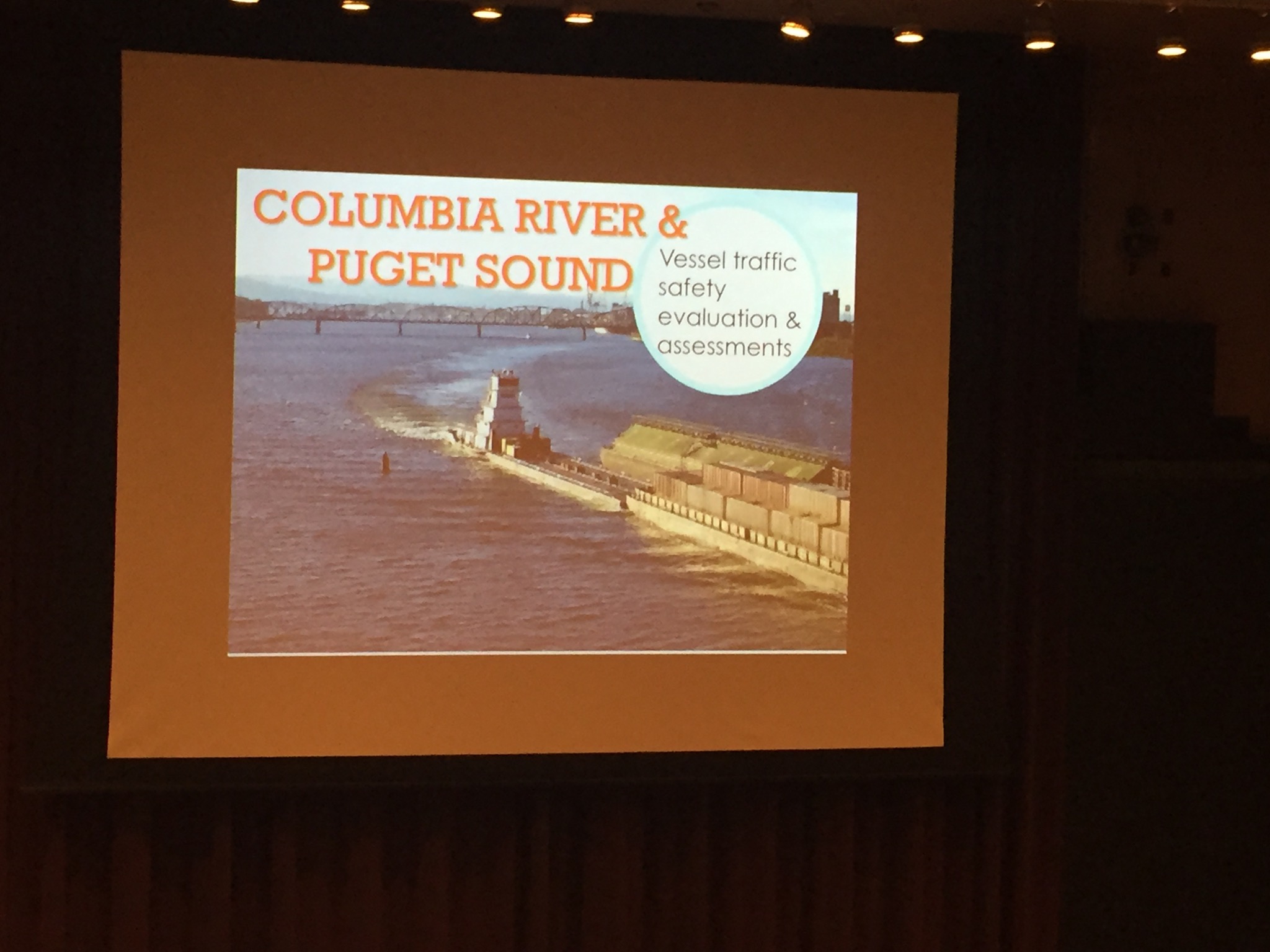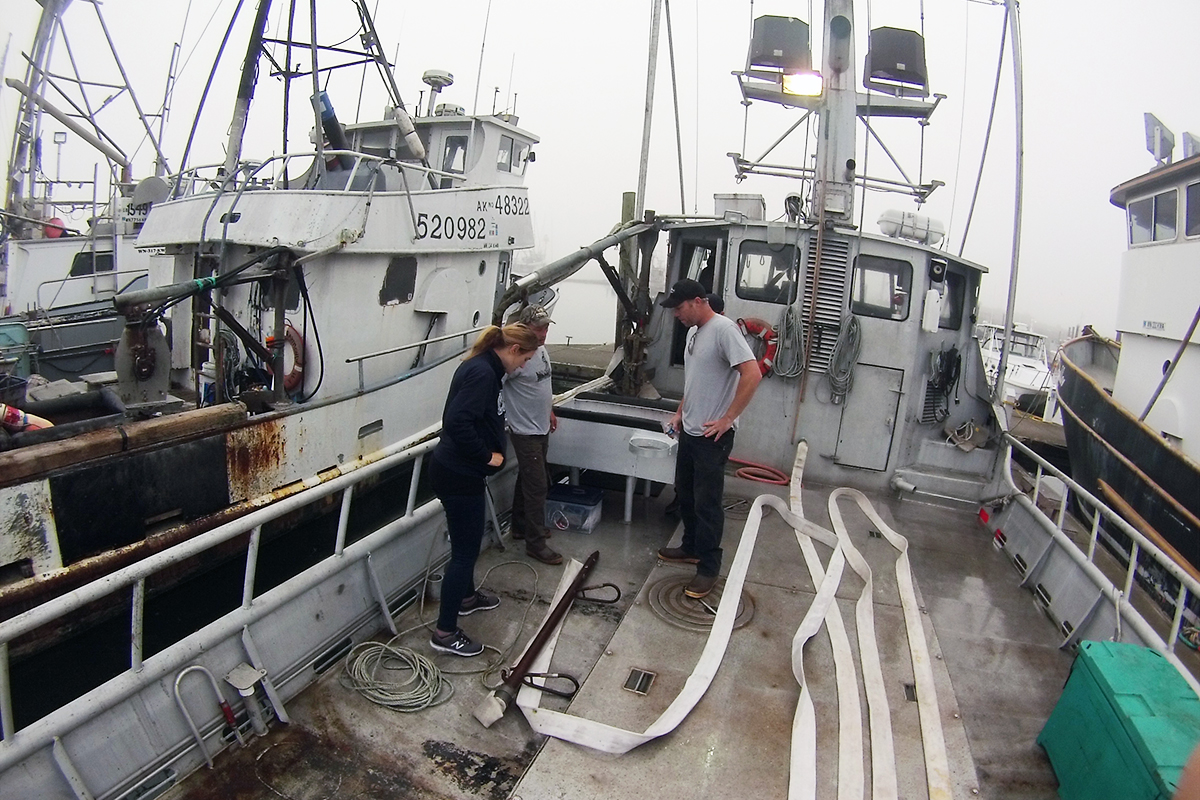Photos by Hannah Letinich, Volunteer Photography Editor
Written by Zoe van Duivenbode, Marketing Intern
The communities of Washington have a long, deep history with our state’s coastlines, from the Puget Sound to the Washington coast. Our marine waters are a foundation for our region’s economy, culture, and tourism. For centuries, tribes in Washington have relied on the harvest of shellfish for traditional ceremonies, subsistence use, trading and more recently, a source of income. Tourism is heavily dependent on our region’s seafood industry. Pike Place Market alone attracts 10 million people annually to experience the market’s lively atmosphere and enjoy the country’s freshest seafood. In addition, much of our marine life depends on shellfish for food and habitat. Our region’s connection to shellfish is invaluable, which is why it is essential for our community to engage in a discussion as a whole in regard to the present and future challenges we face due to ocean acidification.
Ocean acidification (OA) is a slow, long-term process that occurs as a result of the lowering of pH levels in seawater, creating a more acidic marine environment. The main driver of OA can be attributed to the amount of carbon dioxide in the atmosphere. Deforestation, land-based runoff and wastewater discharge also play into the acidifying process. Our oceans naturally absorb carbon dioxide, but after decades of rapid growth and fossil fuel burning, the natural absorption has accelerated, resulting in a more acidic environment with impacts to numerous marine species, including shellfish.
Several species of shellfish are particularly vulnerable to OA, especially larvae and juveniles. Their shells and hard external body parts require calcium carbonate, which is in shorter supply under acidic conditions. This results in a slower, more difficult development phase and increases the chance of mortality. According to the Washington Blue Ribbon Panel on OA, more than 30 percent of Puget Sound’s marine species are vulnerable to OA. In addition, OA is amplified in the Pacific Northwest because of several factors such as coastal upwelling and land-based runoff. Coastal upwelling is when carbon rich and acidic waters travel from the deep ocean and move into shallow waters. Due to the upwelling process, our seawater is naturally more acidic than other marine environments and in combination with OA, the impact of acidification is amplified.
Currently, TNC is working to cut carbon dioxide emission by reducing local land-based contributions to OA through green infrastructure development, installation of rain gardens and forest conservation. The combination of these efforts help to relieve the ocean of its enormous carbon load by decreasing the amount of atmospheric carbon dioxide and carbon rich runoff that flows into the Puget Sound. Although OA is a global issue, our region is among the first to experience its negative impacts. As a community that is so closely tied to the health of our ocean and shellfish, it is important for us to work together and do our part to mitigate the impacts of OA.




























